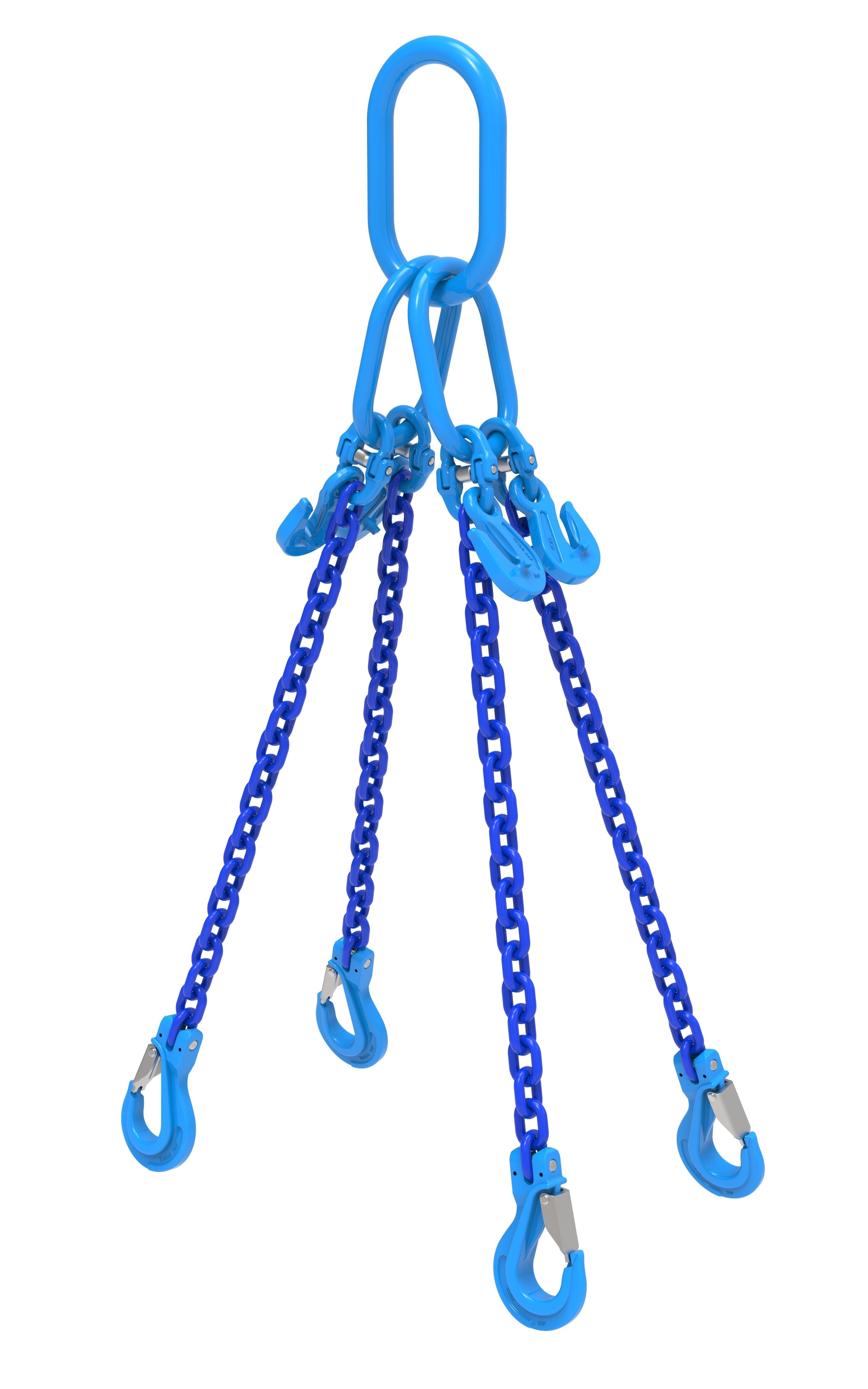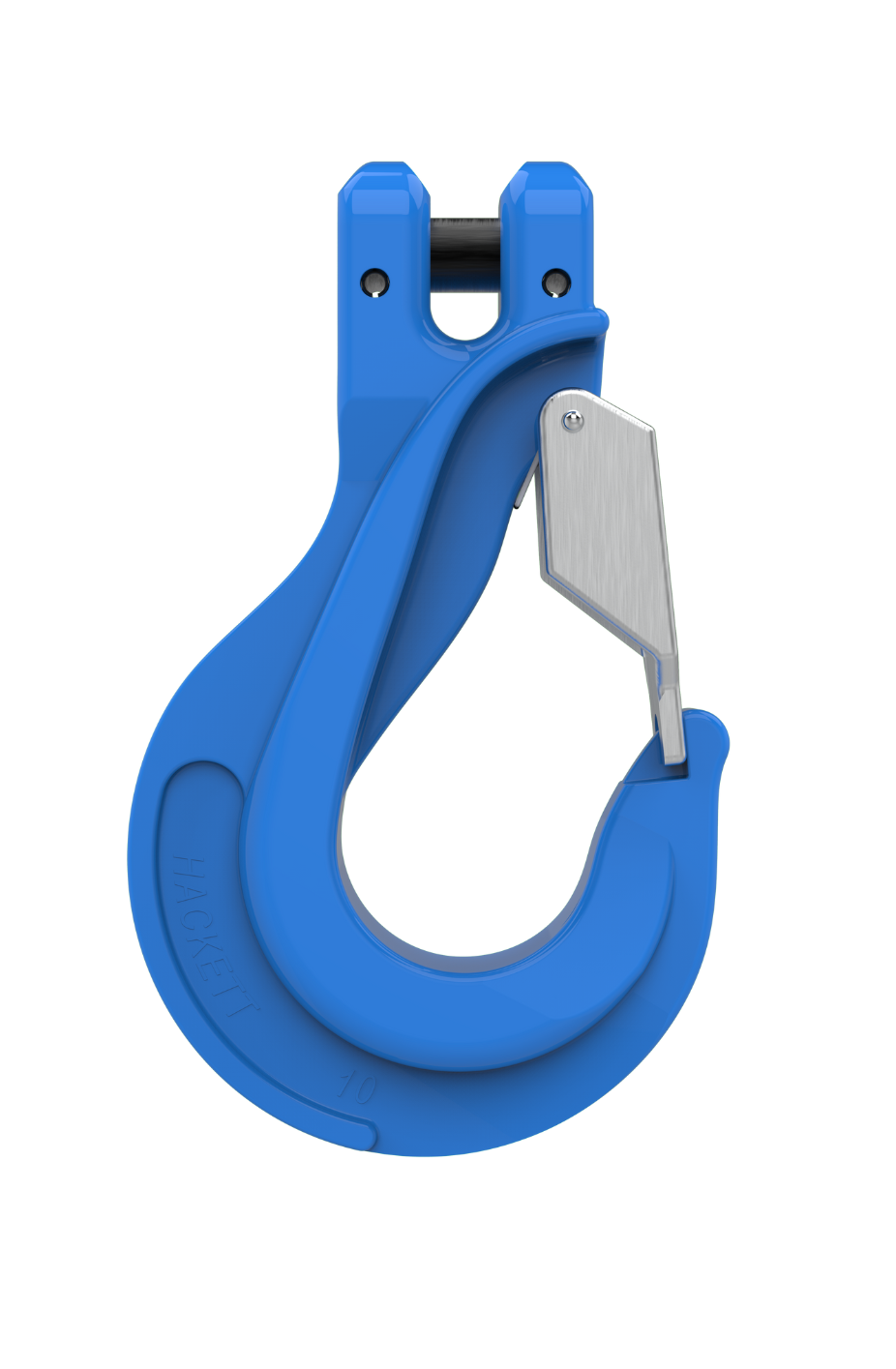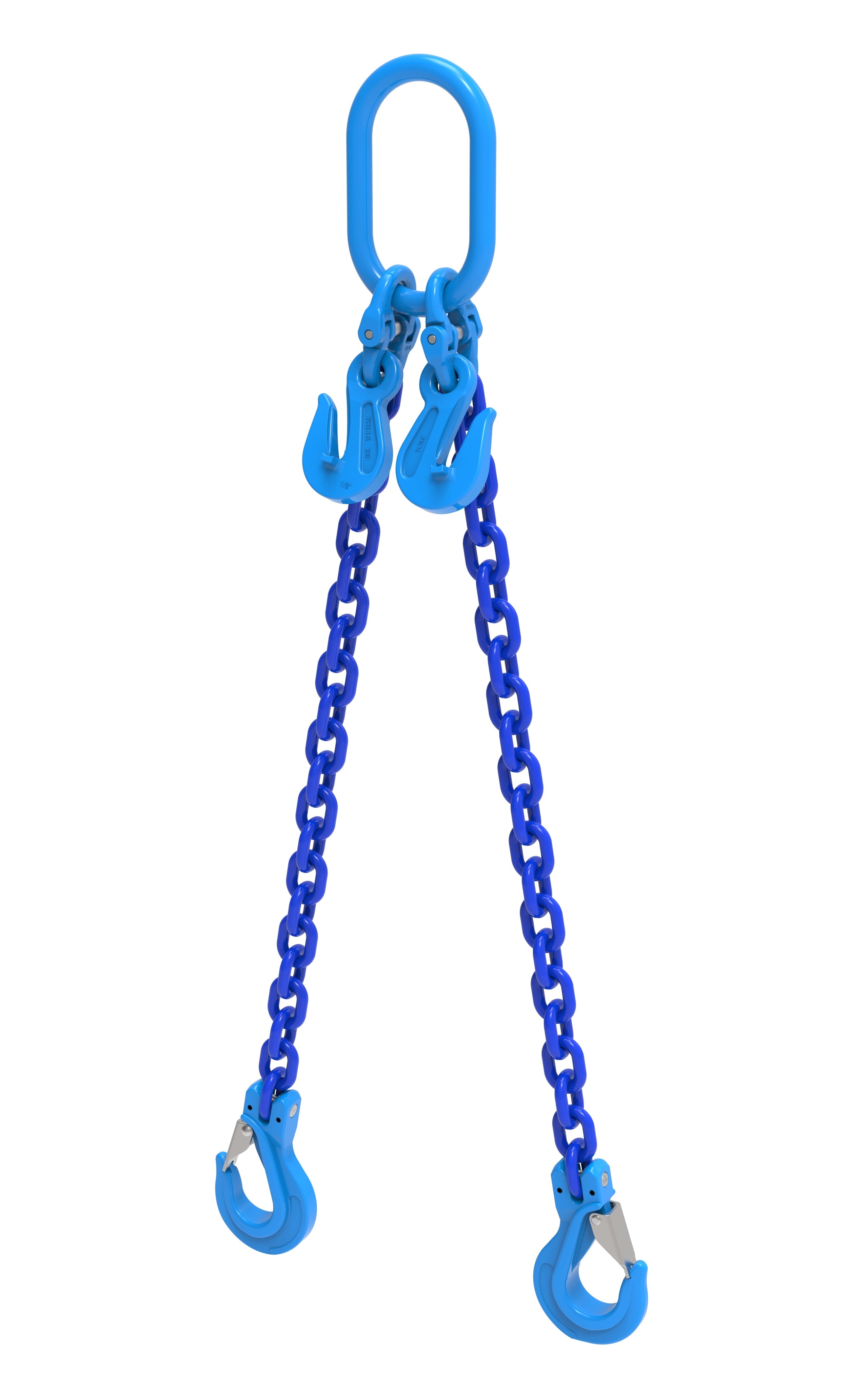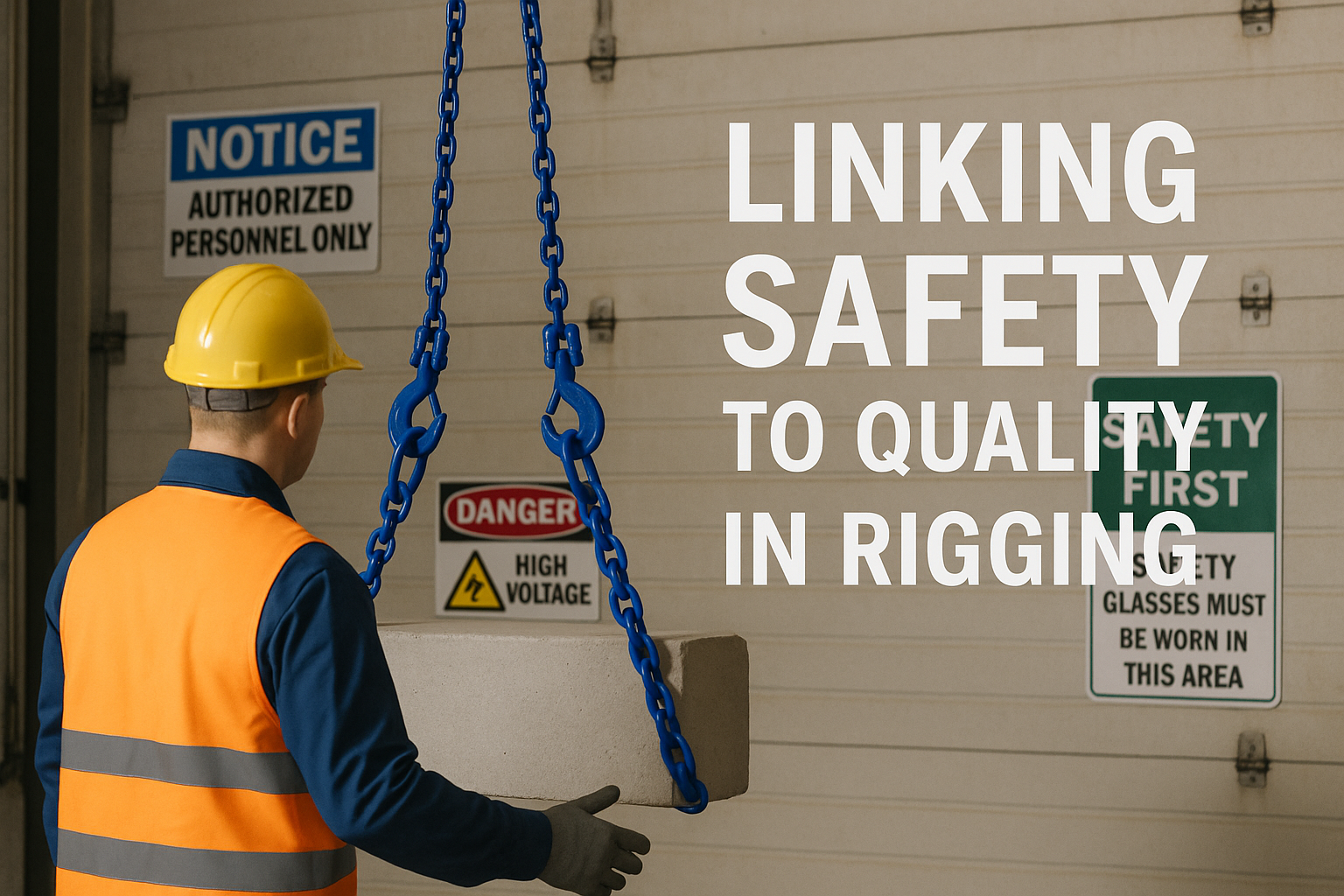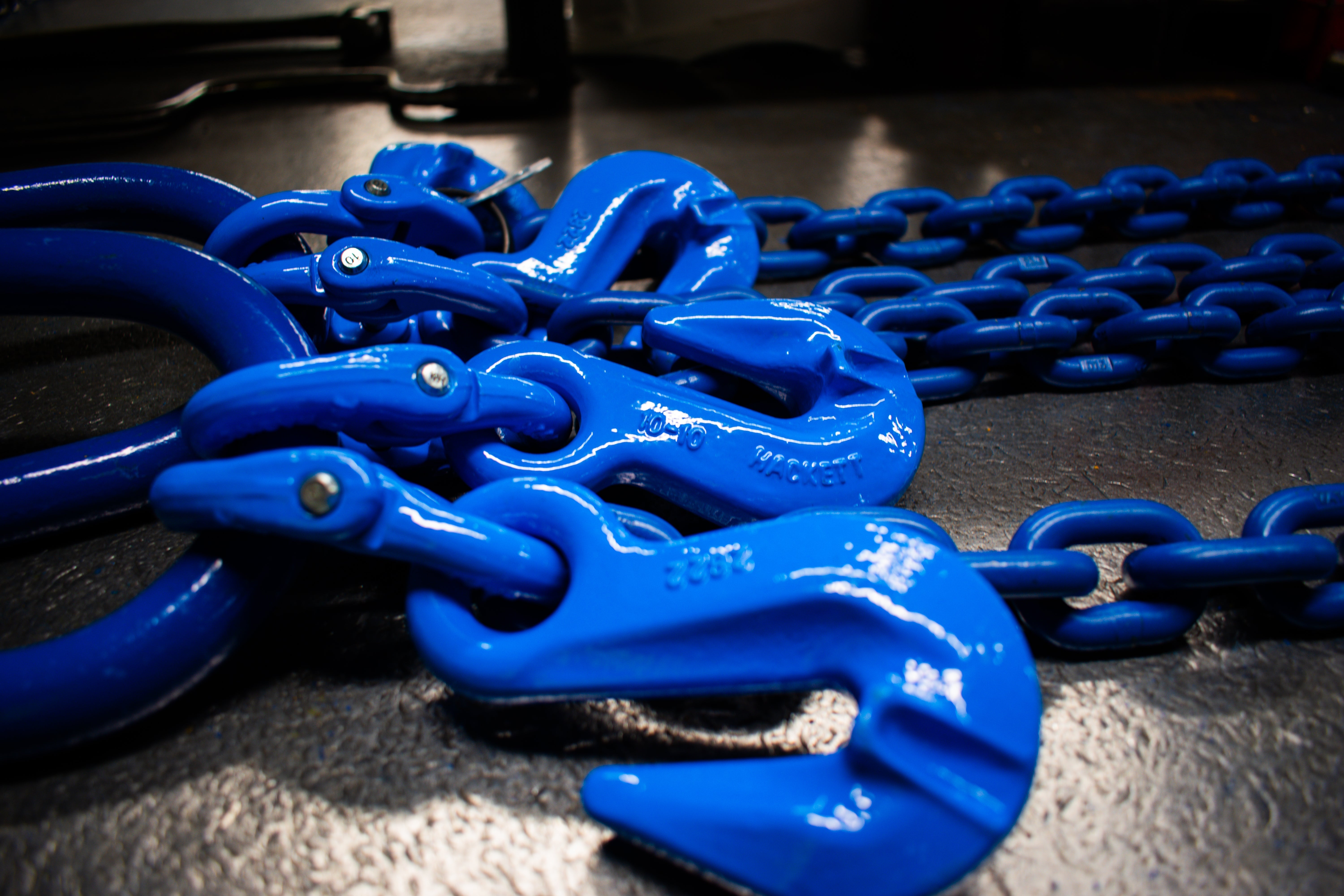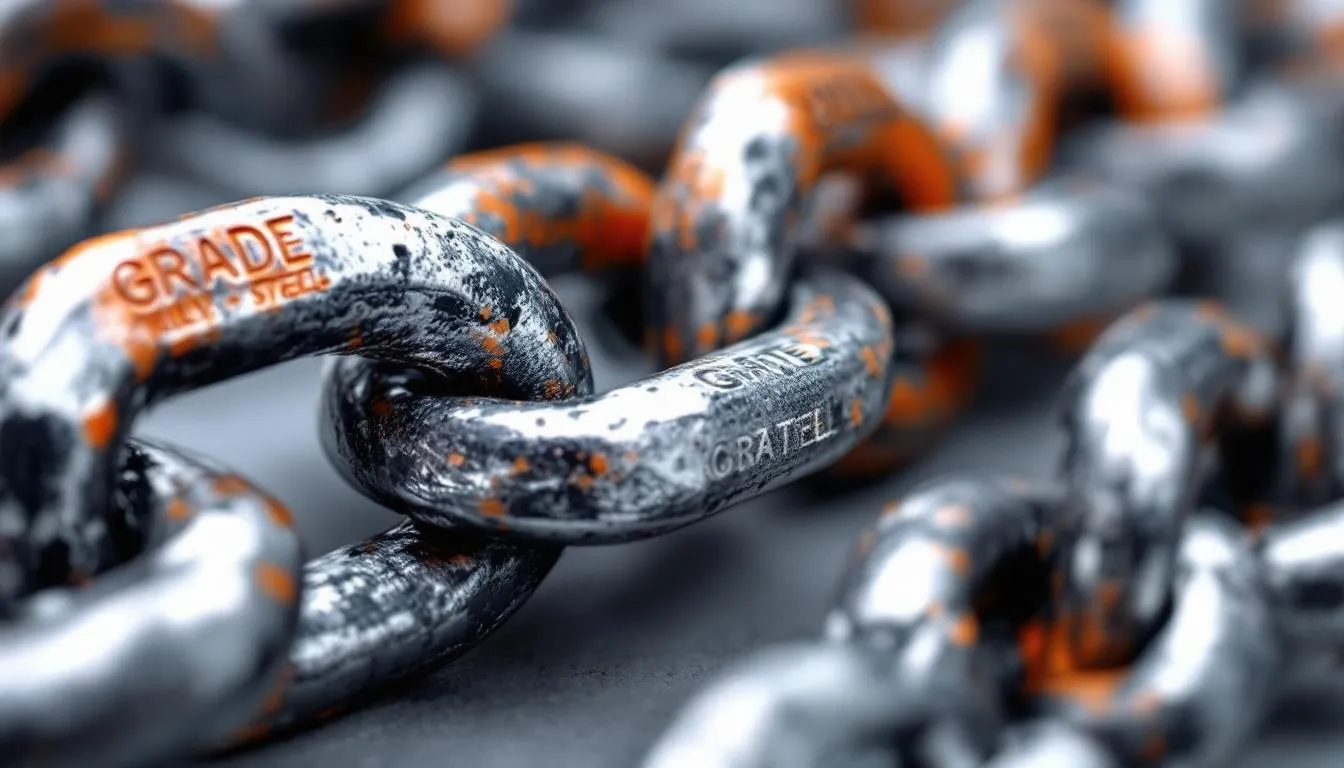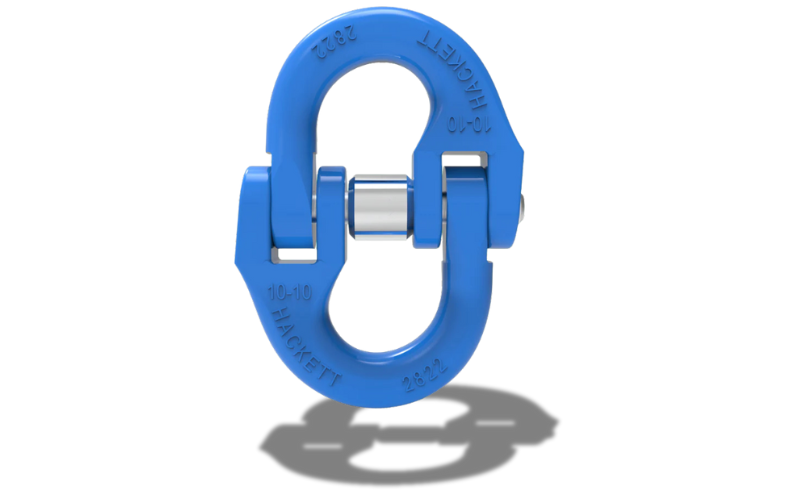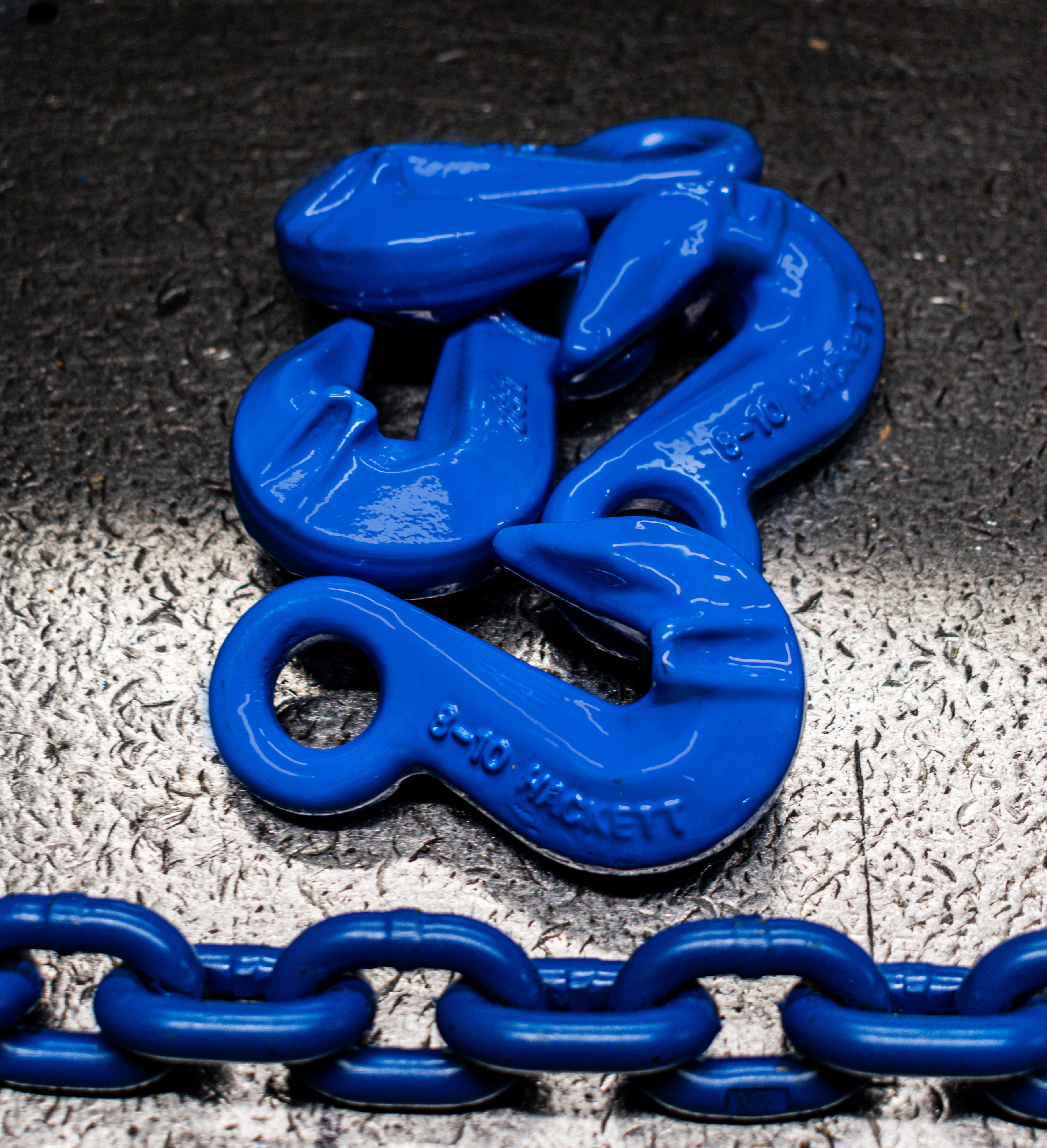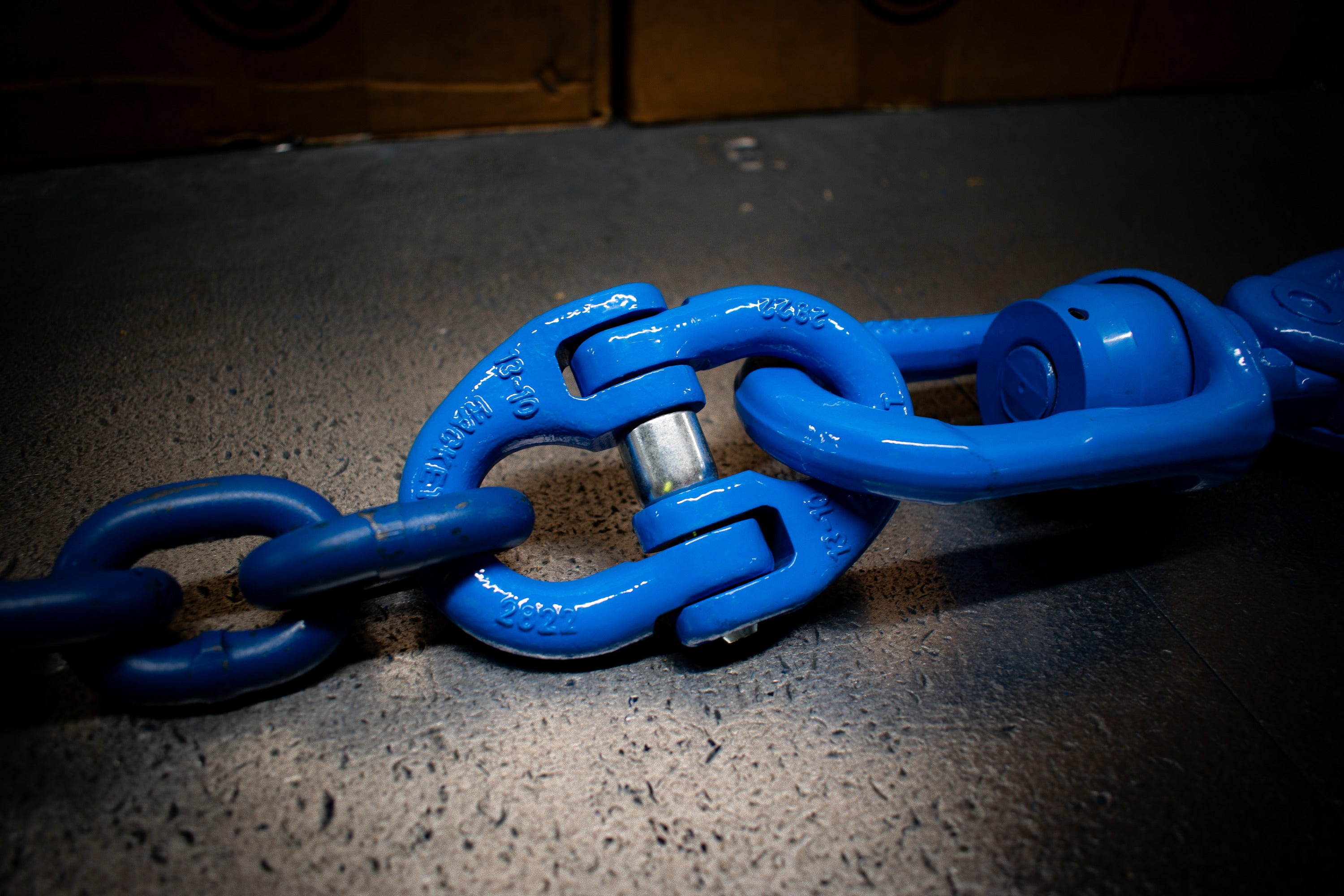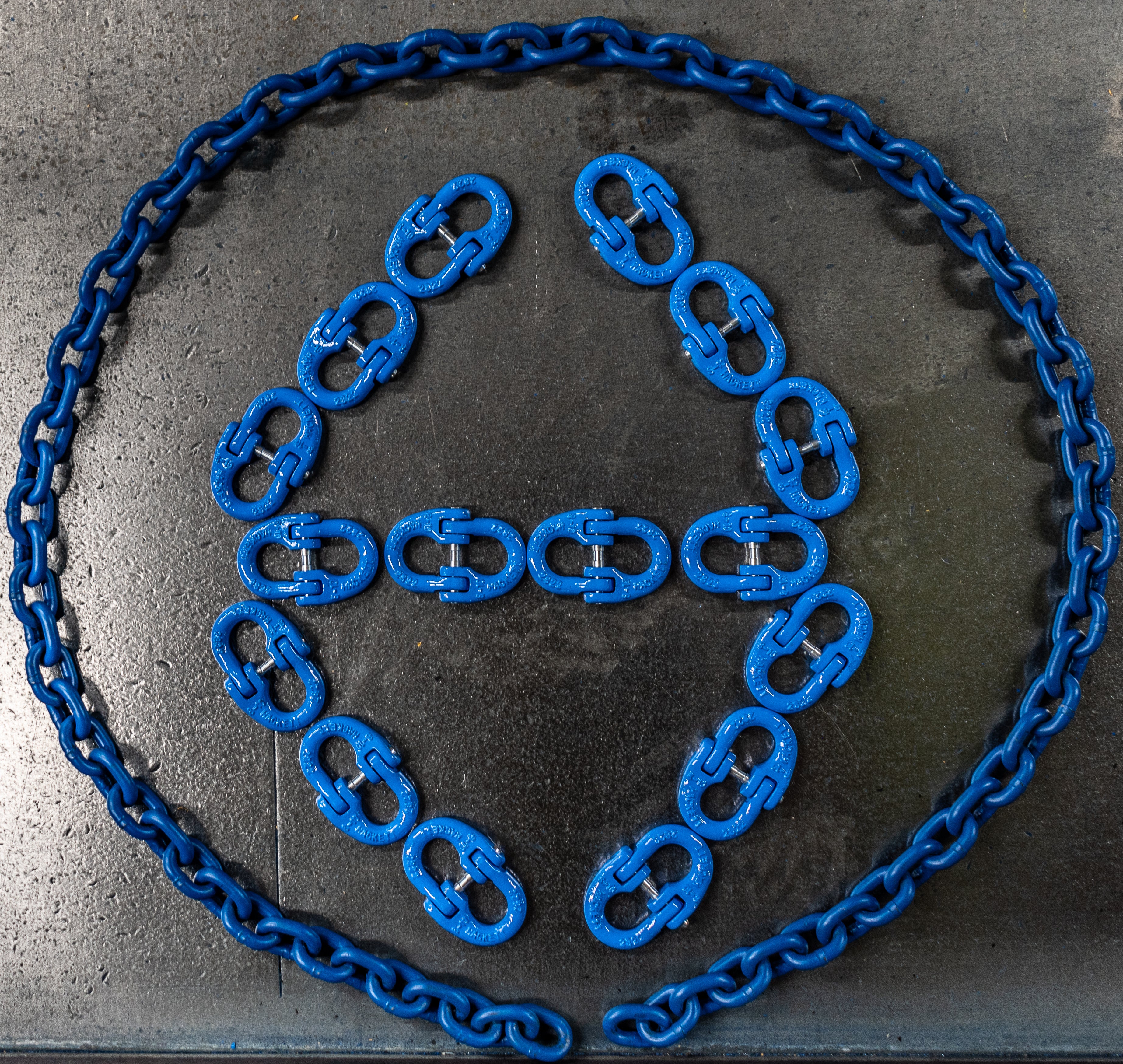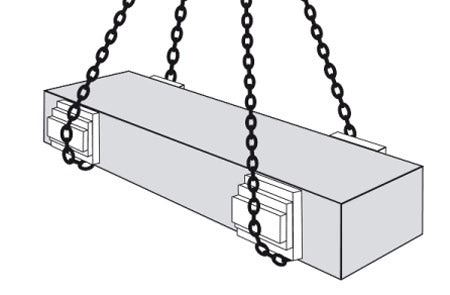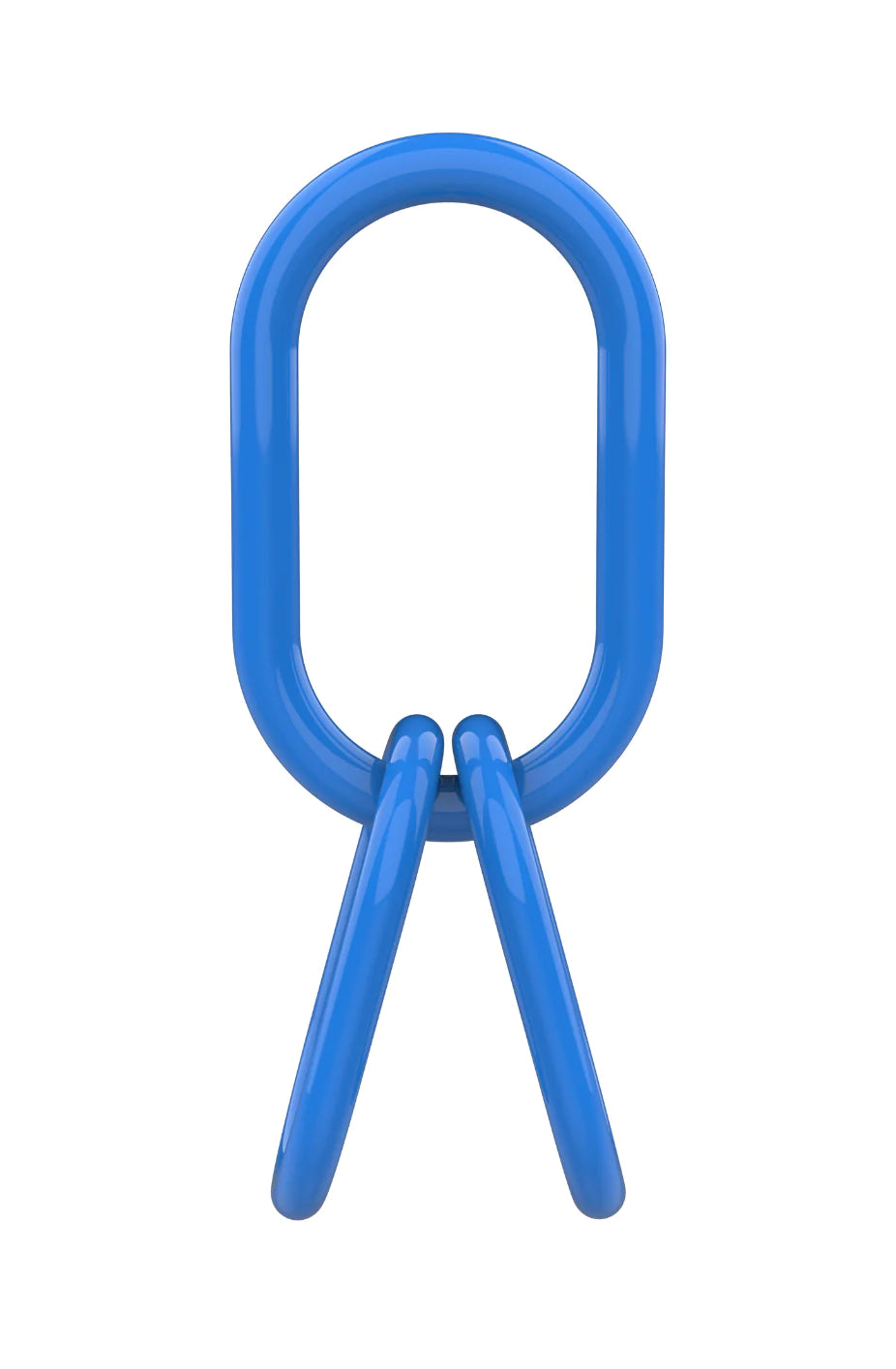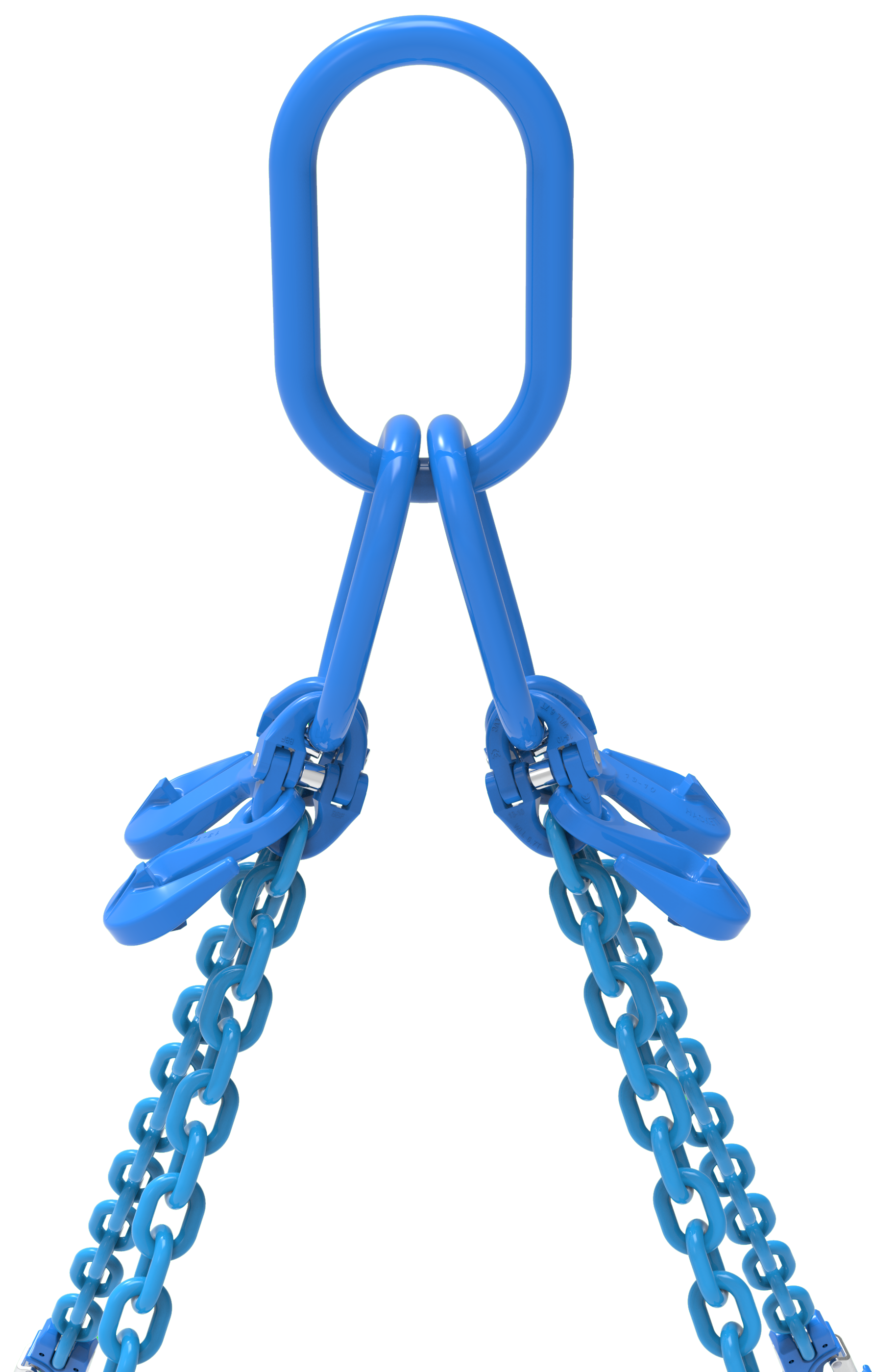Safe & Secure: Your Ultimate Guide to Construction and Lifting Equipment
Shop with Confidence and Stay Safe on the Job with Expert Tips and Top-Quality Products from Our Store
Your cart is empty
You currently have no items in your cart, why not browse our full range?
View All Collections- Home
-
Chain Slings
-
Components
-
Brands
-
About Us
- Certification
- Sling Calculator
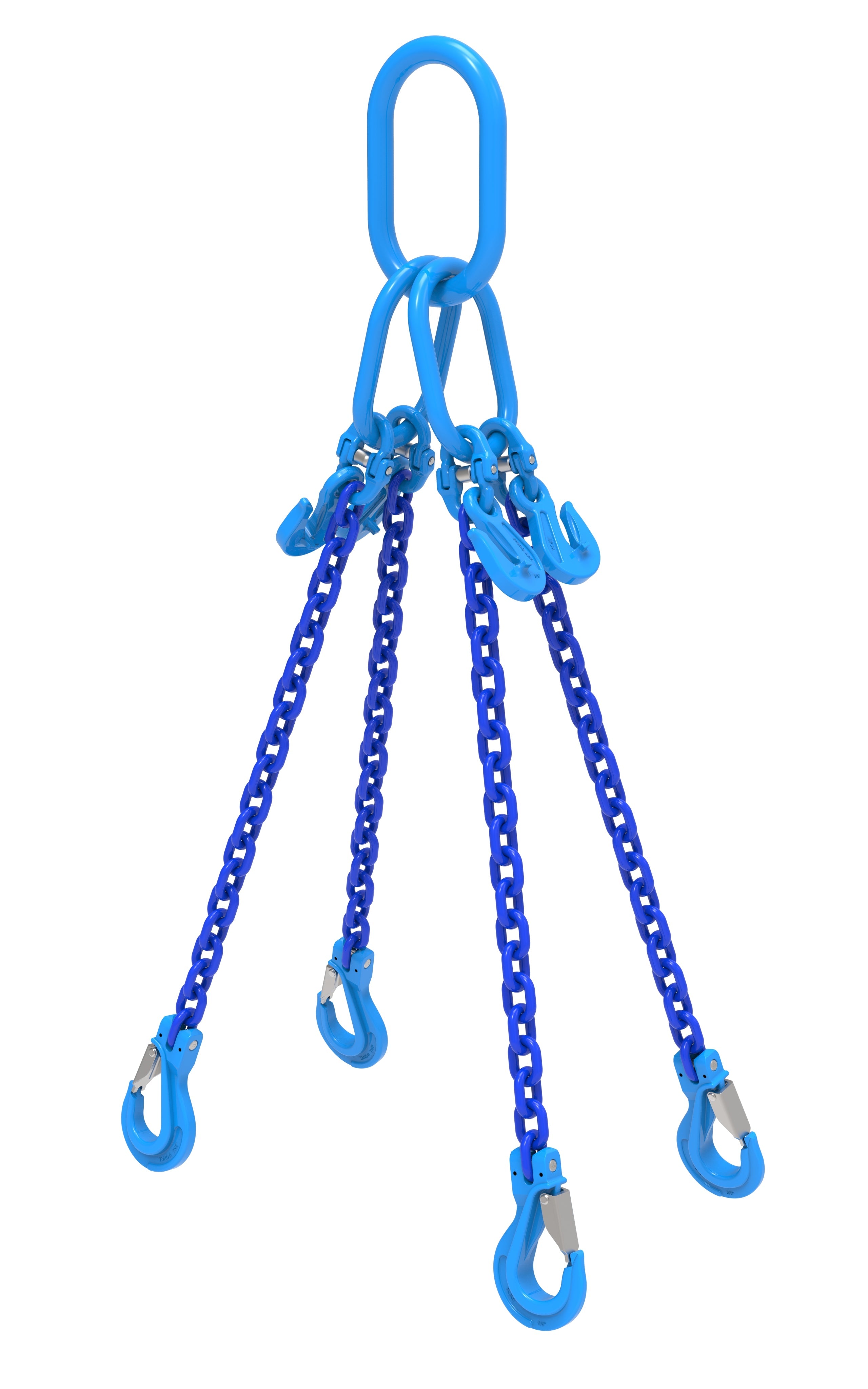
William Hackett 5/16" ADJUSTABLE Chain Sling, 4-Leg (Grade 100) 12,100lbs
-
Home
-
Brands
- William Hackett
- SlingSmarter
-
About Us
- Contact
-
Certification
-
Sling Calculator

